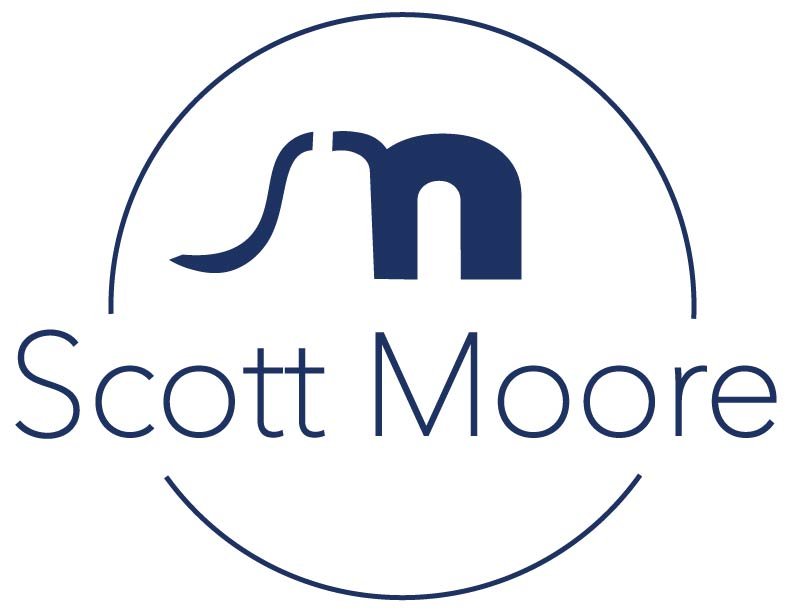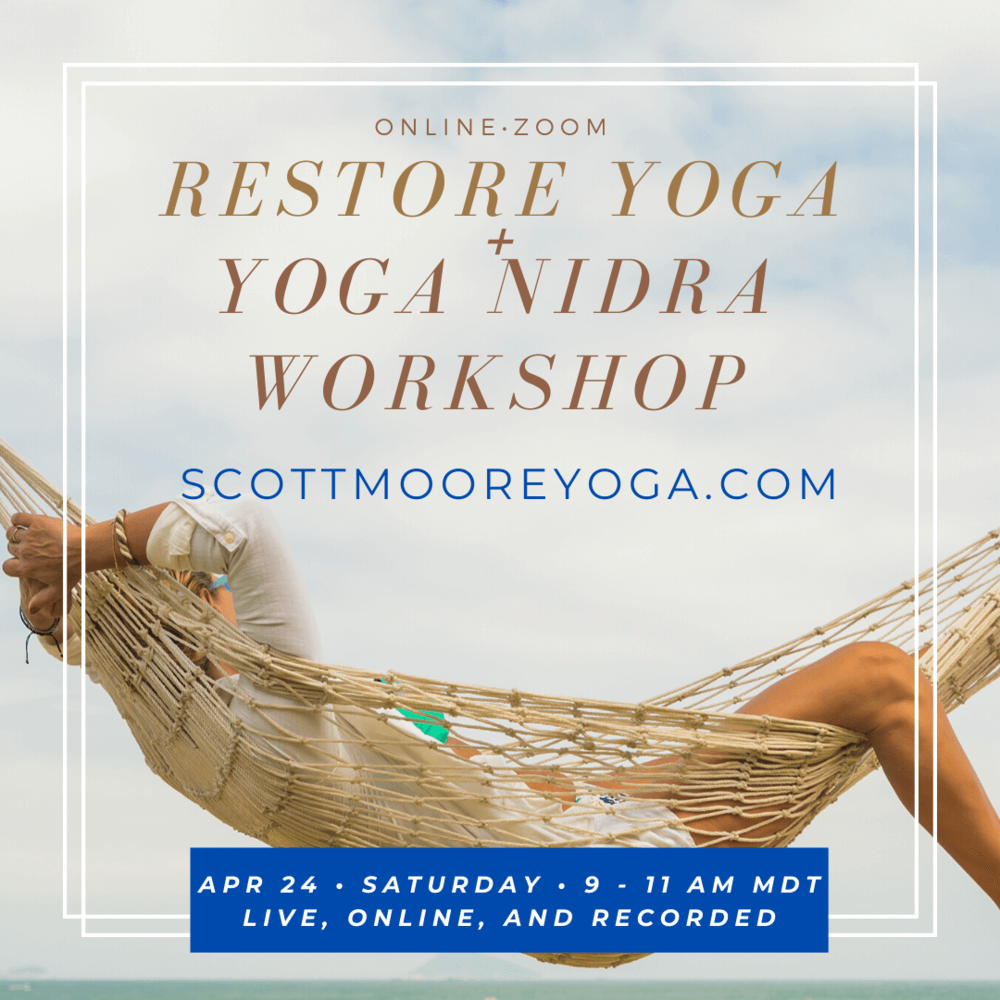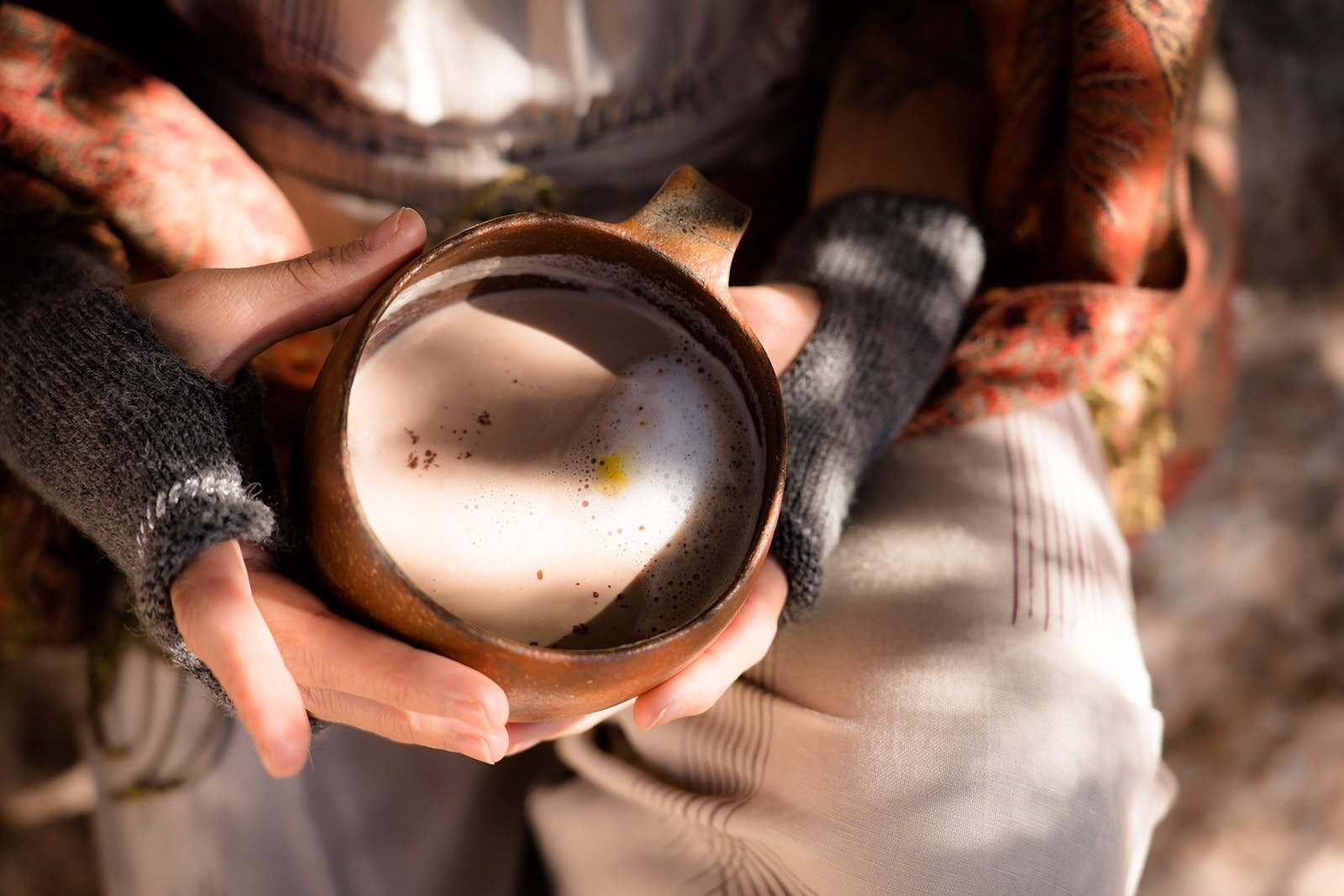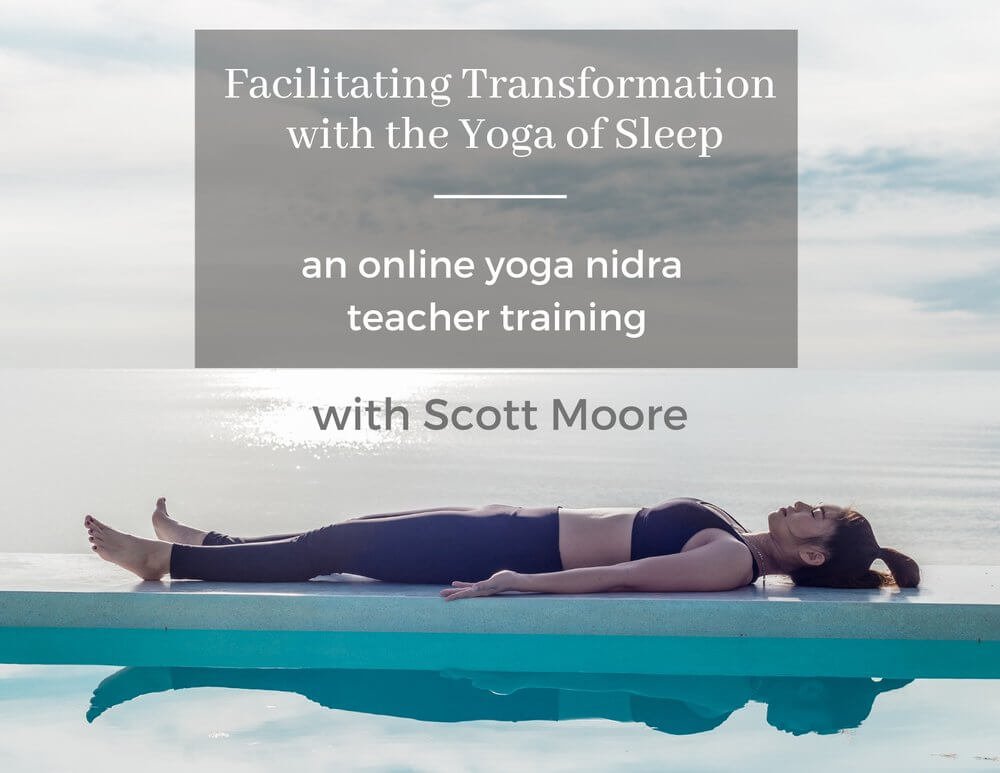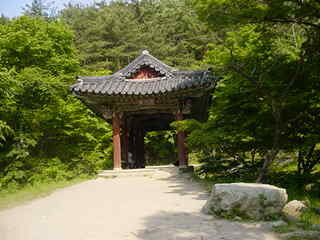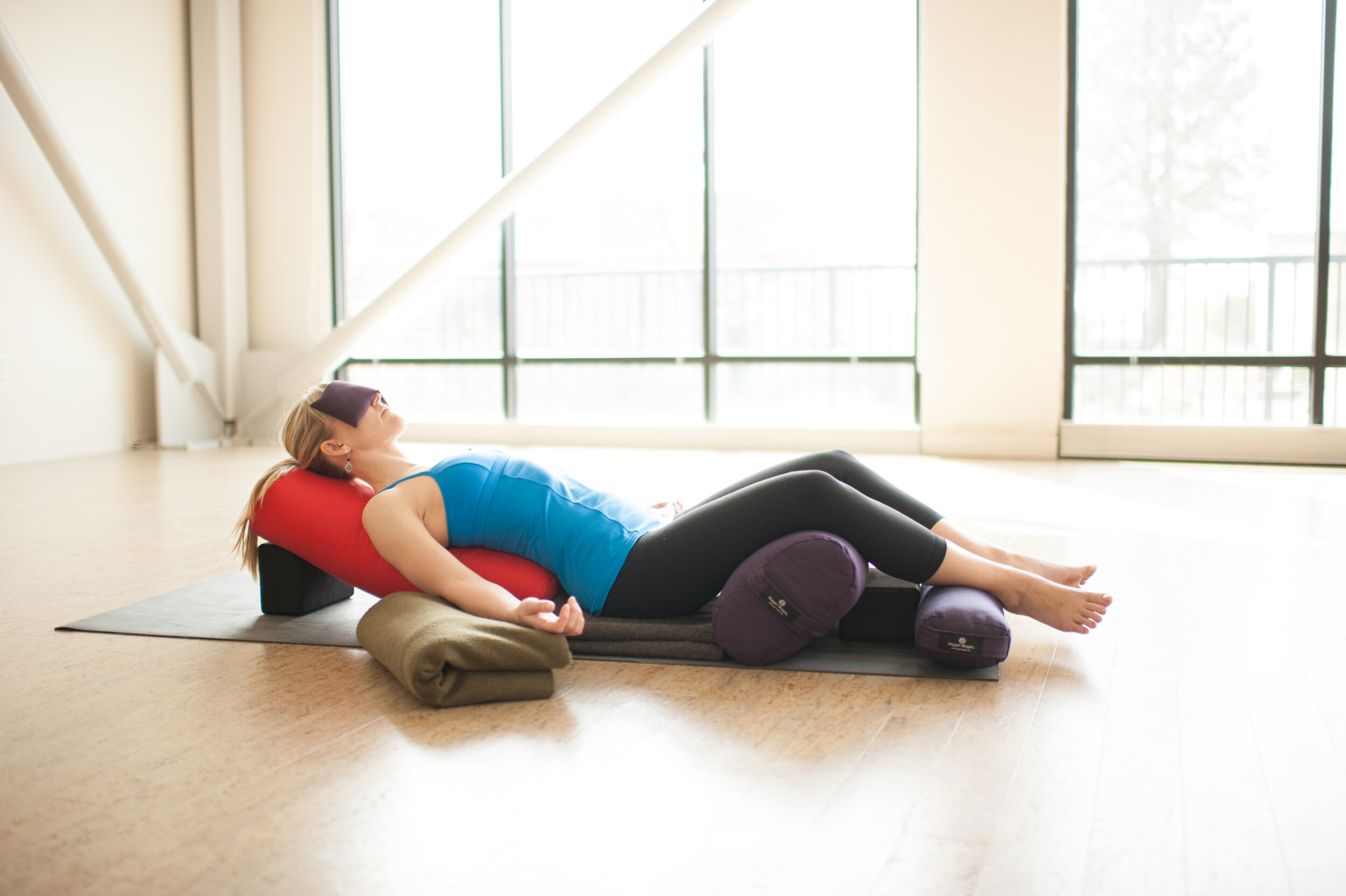My friend and fellow yoga teacher John is a delightful paradox. It’s likely that your mental picture of a yoga teacher does not include a barrel-chested guy in his 50s with a neat salt-and-pepper beard, a happy face, and whose day job is working as a master auto mechanic. Yet this is John. Who better to understand the mechanics of a posture than an actual mechanic? Whether in yoga or in his auto shop, John’s goal is to do his part to help fix the world, either by aligning your poses or aligning the front end of your ride.
John’s true gift, whether in the studio or at his shop, is connecting with people. One way he does this is through stories. John told me a story once that I absolutely love, a story which he gave me permission to share, and which illustrates perfectly an essential life skill and spiritual principle that is often very difficult to arrive at, but which offers deep insight into the very nature of our being.
THE IMPASSE
Several years ago, John’s father owned a dog by the name of Hobo, and both of them were getting on in years. When Hobo passed away, John’s dad was devastated but always kept Hobo nearby, his ashes resting peacefully in a box. As often happens with aging partners, John’s father passed only six months after Hobo.
John has two siblings, but it fell to John to care for his dad during the last few months of his life. He also served as the executor to his dad’s estate. John told me that he gets on well with his sister but his relationship with his brother was quite strained. Prior to their father’s death, one thing that John and his brother disagreed about was what to do with their father’s remains when he passed. Their father was in the Navy during World War II and John wished to cremate his father and perhaps spread his ashes somewhere his father loved. John’s brother wanted something very different, to bury their father with the pomp and circumstance of a military funeral decorated with the proper honors.
When his father passed, as the executor, John was pressed to make a decision about what to do with his father’s remains and decided to cremate them. John kept two boxes of ashes, one of his fathers and the other of Hobo's, atop of the sacred automotive altar of his Snap-on tool chest in his auto shop.
As a Navy man, John’s father always had a reverence for the San Francisco Bay, because it was the port from which he was sent to war and which greeted him when he returned alive. John and his sister discussed the matter and decided that they would honor their father by spreading his ashes along the waters he loved so much.
John’s brother on the other hand demanded that John send him their father’s ashes to receive the honor of a proper military burial. They were at an impasse. In the end, John relented and sent his brother a box of ashes for burial.
As John was telling me this part of the story, he got a wry smile on his face and said, “And to this day, Hobo is perhaps one of few dogs in history to ever receive the honor of a proper military burial.”
I LOVE this story for so many reasons. First, the image of Hobo receiving a burial with military honors gives me a good chuckle. In many myths and spiritual traditions, the trickster is actually revered as a sacred entity because it has the power to alter the perception of our rigid thinking, the mindset that often mired us in the problem to begin with. John was the trickster of this story and in so doing actually served his family beautifully with a higher truth that could not be perceived by their current mindset. John was able to orchestrate everyone feeling that they got their way, and so it reminds me of a vital life skill and spiritual principle, the Both/And mindset or our Both/And Nature.
TANTRA
One of the ways of understanding this Both/And principle is through the lens of Tantra, an ancient eastern school of thought which suggests that everything in the universe is part of a larger whole and that everything in that whole is sacred. In many ways, the practices of yoga, meditation, and perhaps even auto mechanics, are the methods of discovering and remembering this universal wholeness. Our wholeness is our Both/And Nature, the composite of opposites that gives birth to everything else. It’s the magical place that exists at the crossroads and transports a person beyond opposites
In the Both/And mindset, opposites may come together to create something completely new. Often, this new thing contains magic, divinity, or at least the answers to a paradox, a crossroads, or an impasse. Many myths, spiritual traditions, and even the origin stories of gods themselves, whether Christian, Hindu, Native American, or Greek, have derived from some marriage between opposites that have given birth to something entirely new, holy, or magic. The Both/And principle is about blending opposites to create an apotheosis, the highest version of both opposites.
Anathema to universal wholeness is the notion of existing as separate beings from each other and from Source. Again, our contemplative practices are designed to help us remember our essential wholeness. The ancient Gayatri Mantra (Rigveda 3.62.10) states, essentially, that since everything comes from Source, I am no different than the very thing I’m searching for. This mantra expresses the epitome of our Both/And Nature.
YOGA NIDRA: TRAINING FOR CLARITY
Yoga Nidra is perhaps the one of the greatest practices I know of to help us effectively explore our Both/And Nature, one that can help us gain the mindset to creatively work through life’s problems, blockages, and paradoxes. In part, this is due to how it works directly with paradox as a mode of transcending paradox.
If you’ve never done it, Yoga Nidra is a relaxing form of guided meditation where you lie down, close your eyes, and listen to me guide you to pay attention to many different parts of your being such as your body, emotions, thoughts, etc. By learning to welcome, recognize, and simply witness all these parts of your being, you reveal the Universal element which is common between all these seemingly different parts: your Awareness.
During this process of Yoga Nidra, as your mind is becoming very relaxed, I guide you to become aware of apparent opposites (opposing body parts or emotions, for example), first individually, then to be aware of them at the same time. The experience of holding them simultaneously in your Awareness creates a cognitive dissonance which obliterates the paradox as you find yourself being the thing that is beyond opposites, Awareness itself. This process gives the practitioner immense clarity over any paradox, challenge, or impasse. The Both/And mindset isn’t just for monks meditating in a cave, it’s something we can use at home, at work, in our relationships, and in the world.
Experiencing myself as Awareness through the practice of Yoga Nidra, often by holding opposites, has been among the most illuminating experiences of my life and this is why I love to share this practice. When a person begins to identify as Awareness, it’s easy to want to dismiss normal life as something lesser than this beautiful new concept of Self. However, to do so simply creates another binary, an opposite, which keeps one trapped in that which is fundamentally opposite to Awareness, or this Both/And Nature. Instead, where the rubber hits the road with practices like Yoga Nidra, is to use Yoga Nidra to help you realign your identity as Awareness itself and then to marry that awareness back to your normal life: your job, your family, and your relationship to the world. True to form, when the apparent opposites of Awareness and your life merge, what is born from that marriage is a life that is full of magic.
Walking through life with a Both/And mentality, you may find yourself reacting less to life’s problems and instead responding to them with greater compassion. You may begin to notice the simplest of the world’s presentations and perhaps see them with complete delight. Even life’s problems and difficulties can take on an air of possibilities and beauty. Plus you can gain the perspective to see beyond those problems that seem insurmountable. In essence, this Both/And Nature can give you the sight to be able to see the world with brand new eyes.
BEYOND BINARIES
This poem excerpt speaks perfectly to this idea:
A Great Wagon by Rumi
Translated by Coleman Barks
Today, like every other day, we wake up empty
and frightened. Don’t open the door to the study
and begin reading. Take down a musical instrument.
Let the beauty we love be what we do.
There are hundreds of ways to kneel and kiss the ground.
~
Out beyond ideas of wrongdoing and rightdoing,
there is a field. I’ll meet you there.
When the soul lies down in that grass,
the world is too full to talk about.
Ideas, language, even the phrase each other
doesn’t make any sense.
~
The breeze at dawn has secrets to tell you.
Don’t go back to sleep.
You must ask for what you really want.
Don’t go back to sleep.
People are going back and forth across the doorsill
where the two worlds touch.
The door is round and open.
Don’t go back to sleep.
I would love to kiss you.
The price of kissing is your life.
Now my loving is running toward my life shouting,
What a bargain, let’s buy it.
I invite you to bravely face the paradoxes in your life with your full compassionate Awareness, knowing that magic can happen when you expand your vision into a Both/And mindset. To help practice this vital skill, I invite you to join me this Saturday as we embark on a wonderful journey to the crossroads. On Saturday, April 24th, from 9–11 am MDT, I’ll be hosting an online Restore Yoga + Yoga Nidra workshop where we will combine these two practices and the result will be nothing short of magical. You’ll leave feeling clear-minded, rested, and with the magic to see the beauty of your life.
